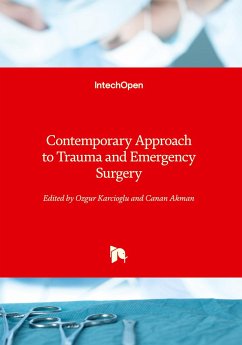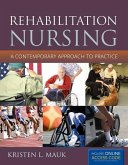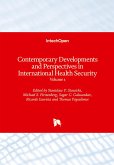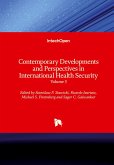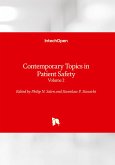How can we ensure the best outcomes for the trauma victim? The two most common causes of traumatic deaths and major sequelae are blood loss and neurological injuries, which account for two-thirds of trauma-related deaths. Hemorrhagic shock is an important cause of organ failure and late mortality, and 50% of early deaths (within the first 24 hours) due to trauma are due to bleeding. Regarding trauma resuscitation, significant changes have been achieved in the last three decades, resulting in substantial improvement in survival. However, blood loss is still the leading cause of death in the first 24 hours in hospital. Nowadays, optimal goals in resuscitation with fluids and blood products represent a hot debate. Permissive hypotension is increasingly recommended because high-volume fluid resuscitation may increase trauma-related bleeding, organ failure, and mortality. New agents such as tranexamic acid also offer life-saving opportunities. This book explores new advances in the struggle to save lives in trauma resuscitation.
Hinweis: Dieser Artikel kann nur an eine deutsche Lieferadresse ausgeliefert werden.
Hinweis: Dieser Artikel kann nur an eine deutsche Lieferadresse ausgeliefert werden.

